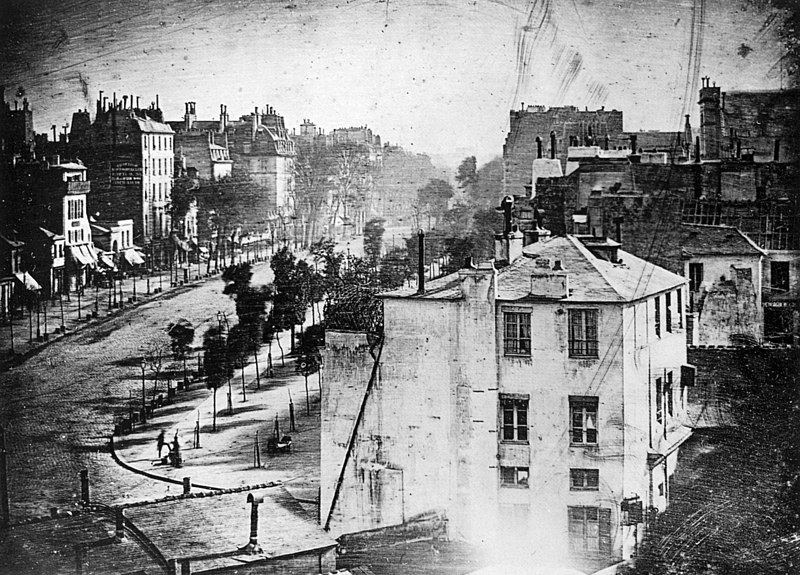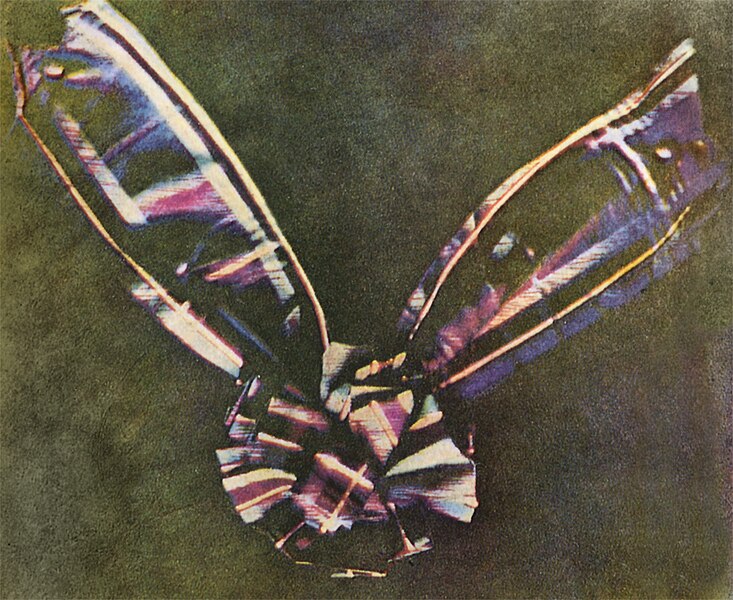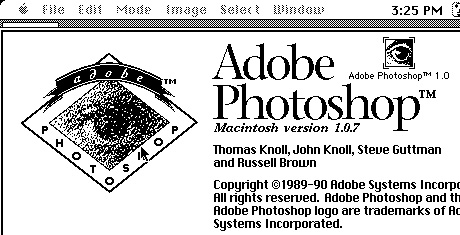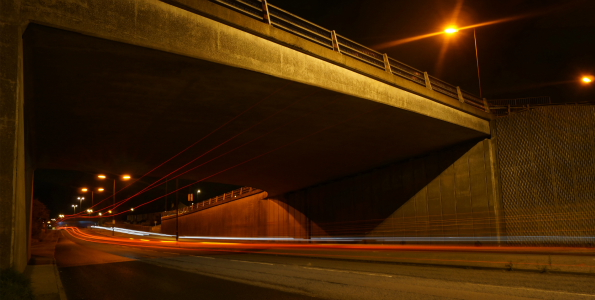Photography may be a bit older than you thought! With a winding history, spanning almost 200 years, hundreds of milestones, and millions of photographers, none of it could have been possible without a Mr Joseph Nicéphore Niépce.
First permanent photograph - "View from the Window at Le Gras"
This French inventor is credited with having taken the first EVER permanent photograph, in 1826. His earliest surviving photograph (possibly even his first) called "View from the Window at Le Gras"
 |
| View from the Window at Le Gras -
Joseph Nicéphore Niépce |
What you see above is the photo that started it all off. One of the first permanent photos ever. I'd call that an achievement! with millions of photographs taken everyday, by professionals, or by a kid with his phone, this was one of the very first photo to have been taken. The basics of how the photo was made involve using a polished pewter plate, and Bitumen, (from petroleum). When Bitumen is exposed to light, it hardens, so after exposing the bitumen to light for a long while, the unhardened bitumen can be washed away leaving some light areas, and some dark areas, creating an image.
First photograph of people - "Boulevard du Temple"
A partner of Joseph Nicéphore Niépce's, Louis Daguerre, took the first photograph of people ever. your profile photo? Easy, get your phone out of your pocket, look in a mirror, snap, you're done, Mr Daguerre spent many years refining the bitumen technique, and eventually used it to take the picture bellow!
 |
Boulevard du Temple by Louis Daguerre
|
This photo took 10 minutes to expose, and in the bottom left corner, by the road, you can see a man getting his shoes shined. Because the traffic was moving, the exposure was too long to capture it, but these two men, were there long enough to be the first two photographed men! This photo was taken in late 1938 or early 1939.
First colour photograph - "Tartan Ribbon"
Colour photography was explored throught the 19th century, but were relatively unsuccessful, as only temporary images could be made, and the techniques used were not sensitive to red or green light unill the 1870s!
 |
| Tartan Ribbon - Thomas Sutton |
The first colour photo was taken in 1861, by (you guessed it) a Scottish physicist named James Clerk.Maxwell.
First CCD sensor (Start of digital photography)
In 1969, the charge-coupled device was invented in AT&T Bell Labs by Willard Boyle and George E Smith. The lab was at the time, working on semiconductor bubble memory, when it occured to Boyle and Smith that the "device could be used as a shift register and as a linear and area imaging device"
 |
| Boyle and Smith at the 2009 Nobel prize press conference |
I can't explain how it works very well so sourced from my friend Wikipedia: "The first working CCD made with integrated circuit technology was a simple 8-bit shift register. This device had input and output circuits and was used to demonstrate its use as a shift register and as a crude eight pixel linear imaging device. "
As you know, these 8 pixels, are now rather basic compared to our 80000000 pixel medium format camera!
First photo uploaded to the Internet
 |
| Les Horribles Cernettes -First photo on the internet |
Yeah, I know I thought it'd be a cooler photo too. The CERN house band, "Les Horribles Cernettes" were fortunate enough to have this beautiful image of them all uploaded to what today is a huge mass of billions of photos!
First version of Photoshop
 |
| Adobe Photoshop 1.0.7 - First public release |
Use photoshop a lot? Me too, but did you ever think about it having no layers or auto edits? Nope. Me neither, but that is EXACTLY what the first version of photoshop could do, it lacked layers, filters, adjustments, and more, stuff, that if you use photoshop, you can't live without! it was released to the public in 1990, and photo editing changed forever
First Camera Phone
The first camera phone was released by J-Phone in japan in 2001. The J-SH04 was made by sharp and packed a magnificent 0.11 megapixels!
 |
| J-SH04 - First camera phone |
It was a CCD camera, and brought a whole new game to mobiles, it changed your world forever. now we can take out our phones, and pop, 8MP photos to share on Facebook.
Well that's all from me tonight! There's a whole wealth of information out there, and the history of photography is huge, I've just touched upon some of my favourite firsts, I might do another in the summer!
Thanks for reading, and until next time, Happy Photographing!


























































